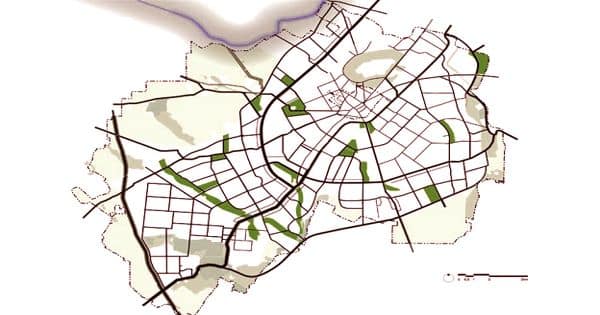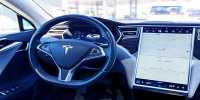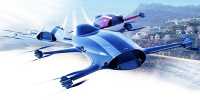Road infrastructure and driver behavior can create complex road networks
The success of intersections and access points are critical to the road network in terms of reliability and protection. Driver behavior and the dynamics of traffic flow at these locations are relatively complex. Community planners may shortly have a new method of calculating traffic congestion. By capturing the various routes by which cars can pass between places, researchers have created a new computer algorithm that helps measure urban congestion regions and recommends ways around them.
Driver behavior influences traffic patterns as much as roadway design. Urban planners may soon have a new way to measure traffic congestion.
Intersection success is essential to the road network in terms of functionality and protection, as cars, pedestrians, and other road users engage with each other intensively at these sites. The research published in the Journal of Physics: Uncertainty, used taxi speeds in New York City to illustrate how road infrastructure and driving behavior can create complicated road networks that vary from city to city.
“Ride-hailing and ride-sharing services, and eventually autonomous vehicles, are disrupting traffic patterns in cities,” said Richard Sowers, Professor of Mathematics and Industrial and Business Systems Engineering at the University of Illinois at Urbana-Champaign and lead author of the report. “We identified a need for a tool that could help urban planners understand how and why this happens.”
In order to better understand these problems and eventually give advice to engineers in their projects, a variety of tests have been undertaken on driving behavior and traffic characteristics at intersections and entry points on the basis of field trials or findings. The team addressed the problem by developing a computer algorithm to capture the topology—or the relationship of various routes between locations—of road networks. “Roads form complex networks, and the field of topological data analysis seemed to offer the right tools to study travel paths that commuters choose,” Sowers said.
“We found that the most significant traffic bottlenecks in Manhattan seem to arise as a result of the city’s structural layout,” said co-author Daniel Carmody, who recently completed a Ph.D. in mathematics at the U. It’s from I. “For example, the fact that a bridge enters Manhattan at a latitude where traffic is already limited due to Central Park slows traffic in the area considerably.”
The researchers conducted a comparative study using traffic dynamics in Chengdu, China, to assess whether the algorithm performs as well in areas with different architectures. Manhattan has a long, thin frame, while Chengdu is round. There are major variations in the way traffic travels between these two different environments, the researchers said.
“The bottlenecks in Chengdu seem to arise due to the function of the buildings in a particular area,” Carmody said. “For example, it is hard to travel in and out of the central business district in Chengdu because of the sheer volume of traffic alone. Beltways, or faster streets around congested areas, have emerged in circles around this area, which is not surprising because this feature was intentionally built into the city.”
In Manhattan, bridges, and tunnels forming points of entrance and exit are creating a bottleneck of traffic. However, in lower Manhattan, where the lower speed limits tend to be followed, traffic flows more easily, establishing a new traffic circle, with the southern end of Central Park serving as a buffer between lower and central Manhattan.
“It surprised us that there is an emergent beltway in such a congested area of Manhattan,” Carmody said. “This indicates that unlike in Chengdu, beltways seem to arise from driver behavior even when they aren’t part of the structural plan of a traffic network.”
At signalized intersections, the actions of the driver and the traffic are primarily associated with signal phase changes, e.g. the onset of yellow or green. Decision-making and traffic flow differences are dynamic during signal phase transformations. Security and reliability problems are often based on these intervals of time in the signal loop.
Studying driving behavior was deemed to be an important path to finding strategies for rising highway service levels, reducing road traffic incidents, optimizing vehicle construction, and designing in-vehicle safety devices. Researchers expect this technology to provide urban planners with a way of quantifying traffic flows, leading to improved mitigation, Sowers said. “As methods of transportation evolve, new problems will emerge, and we hope that our tools will give planners new ways to measure what is going on with city traffic.”















